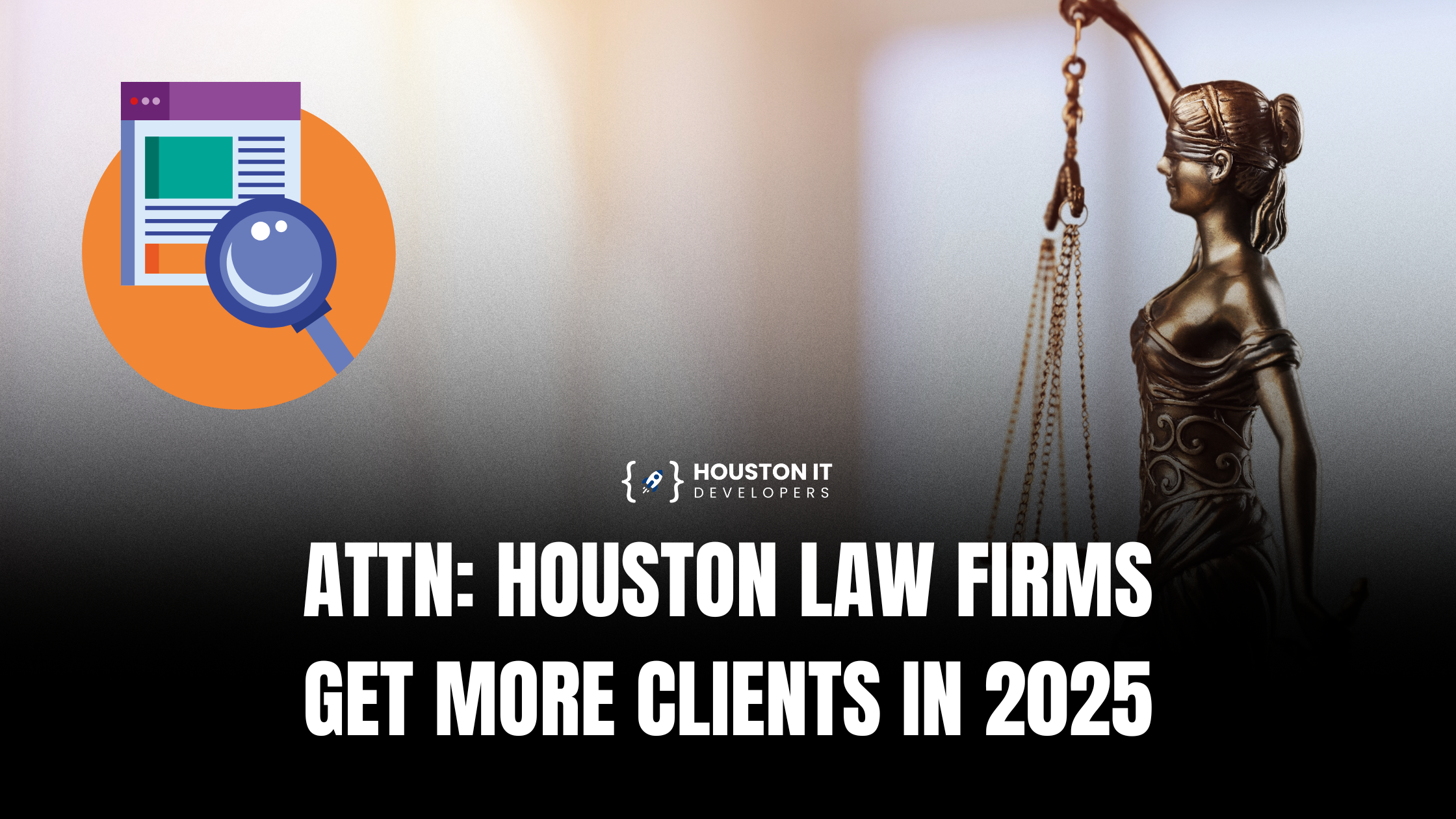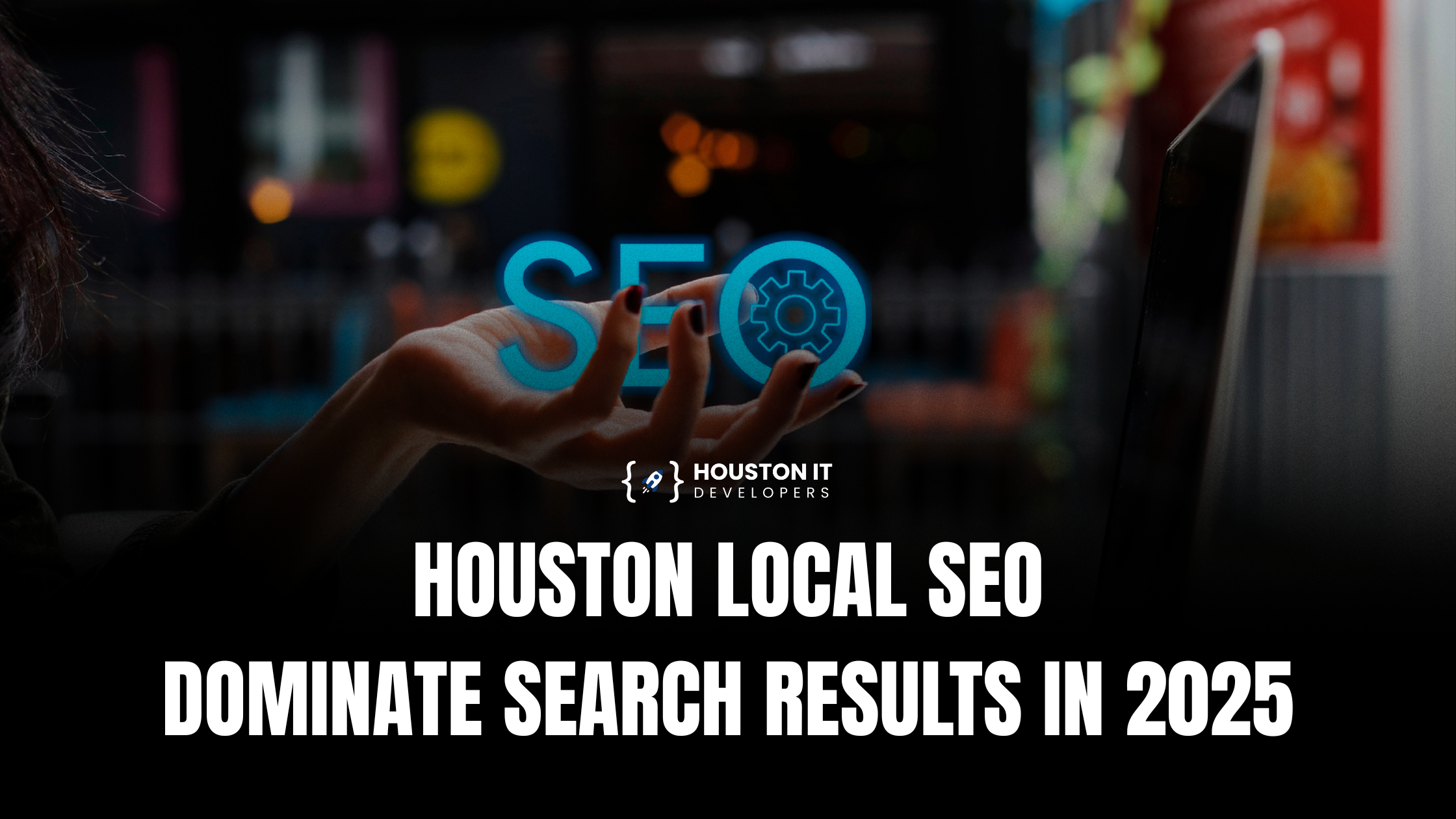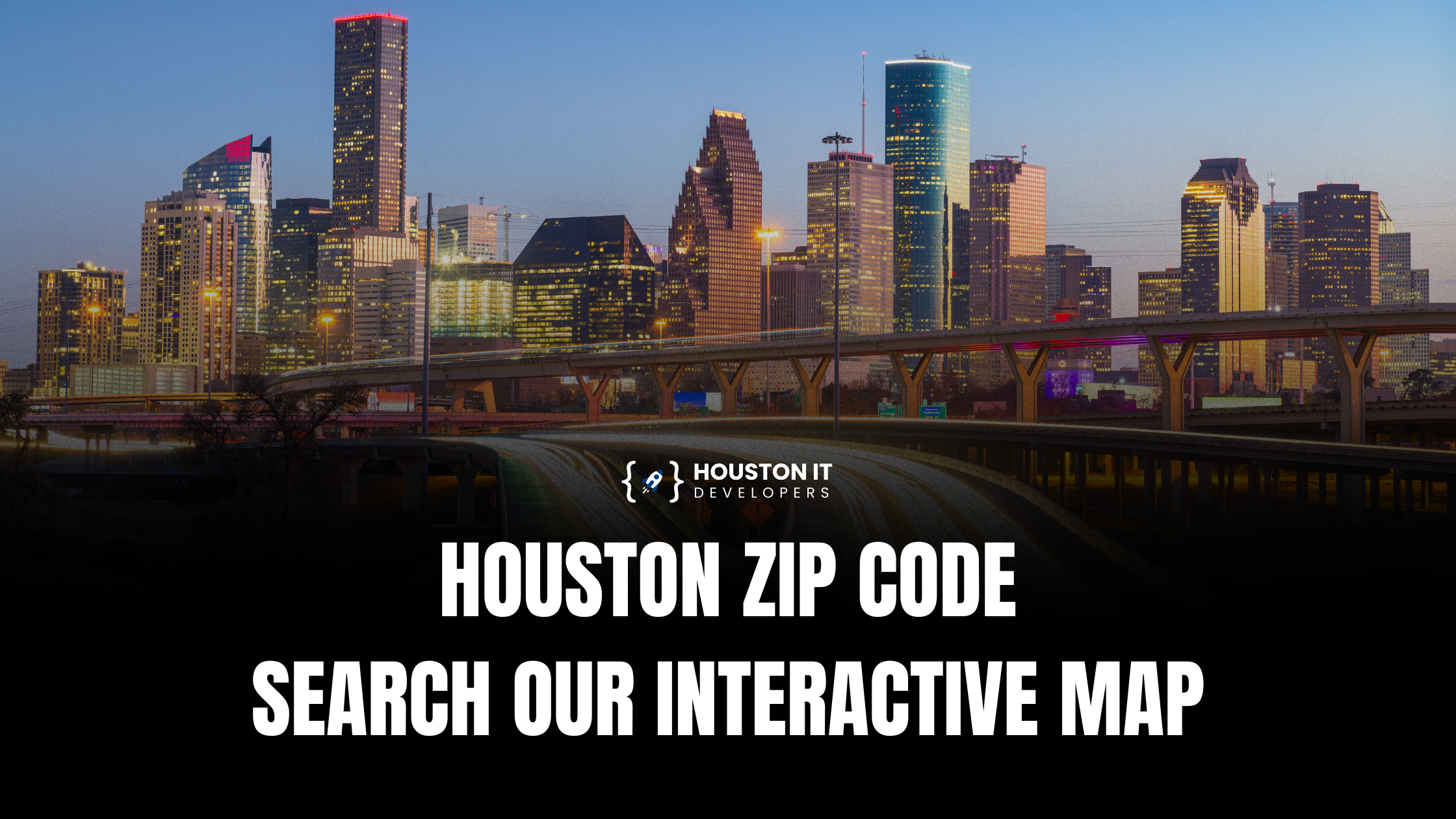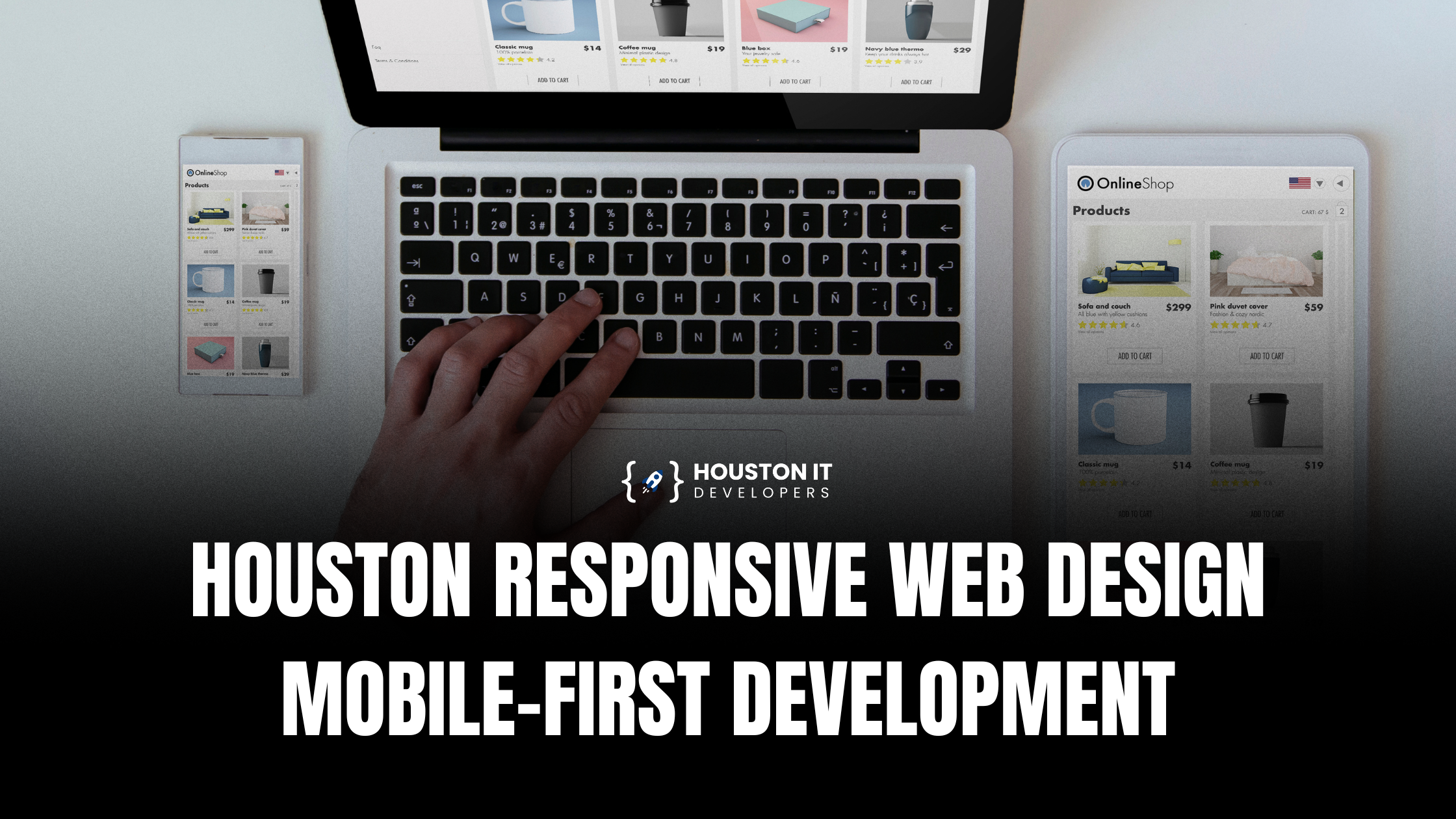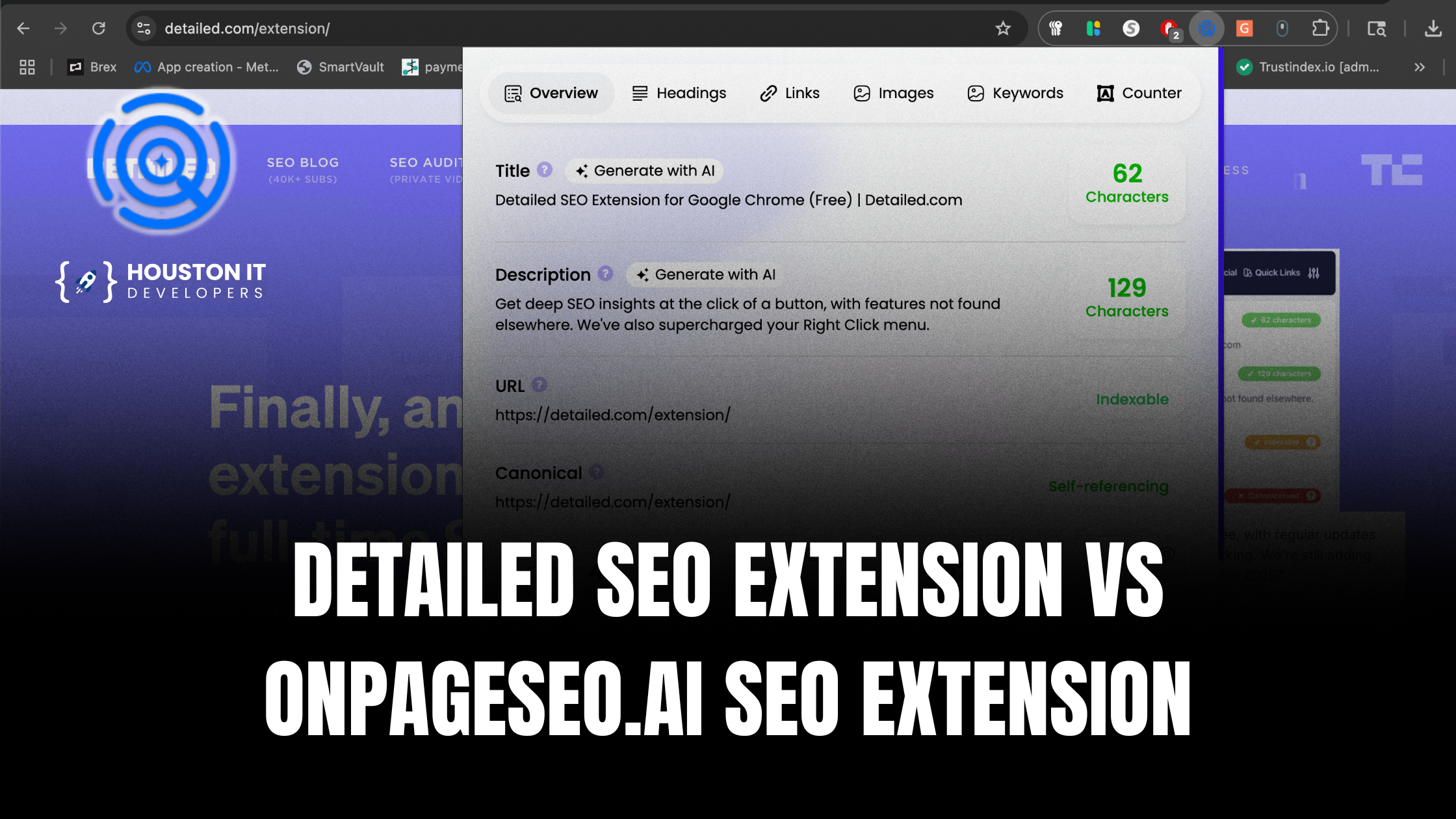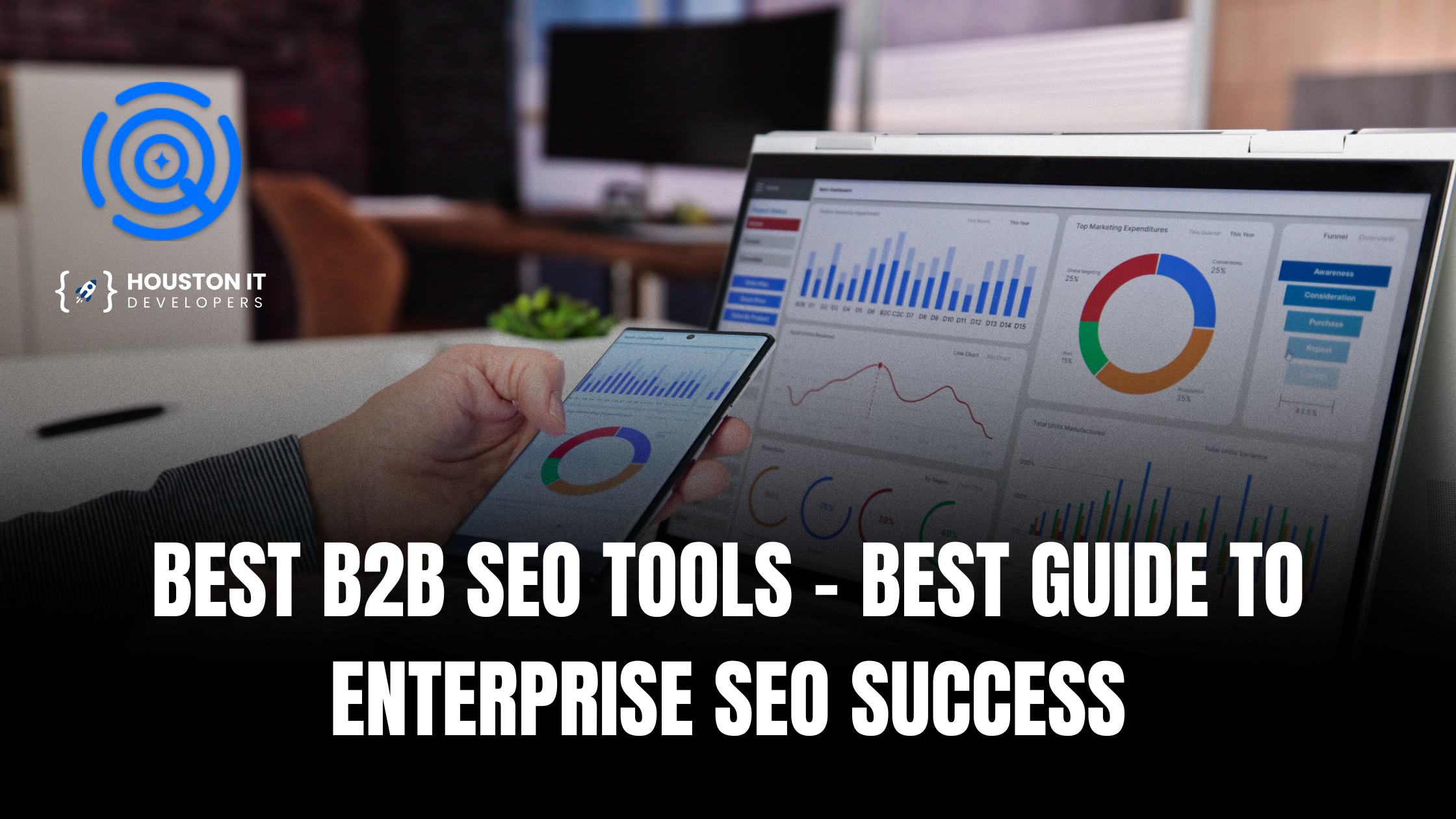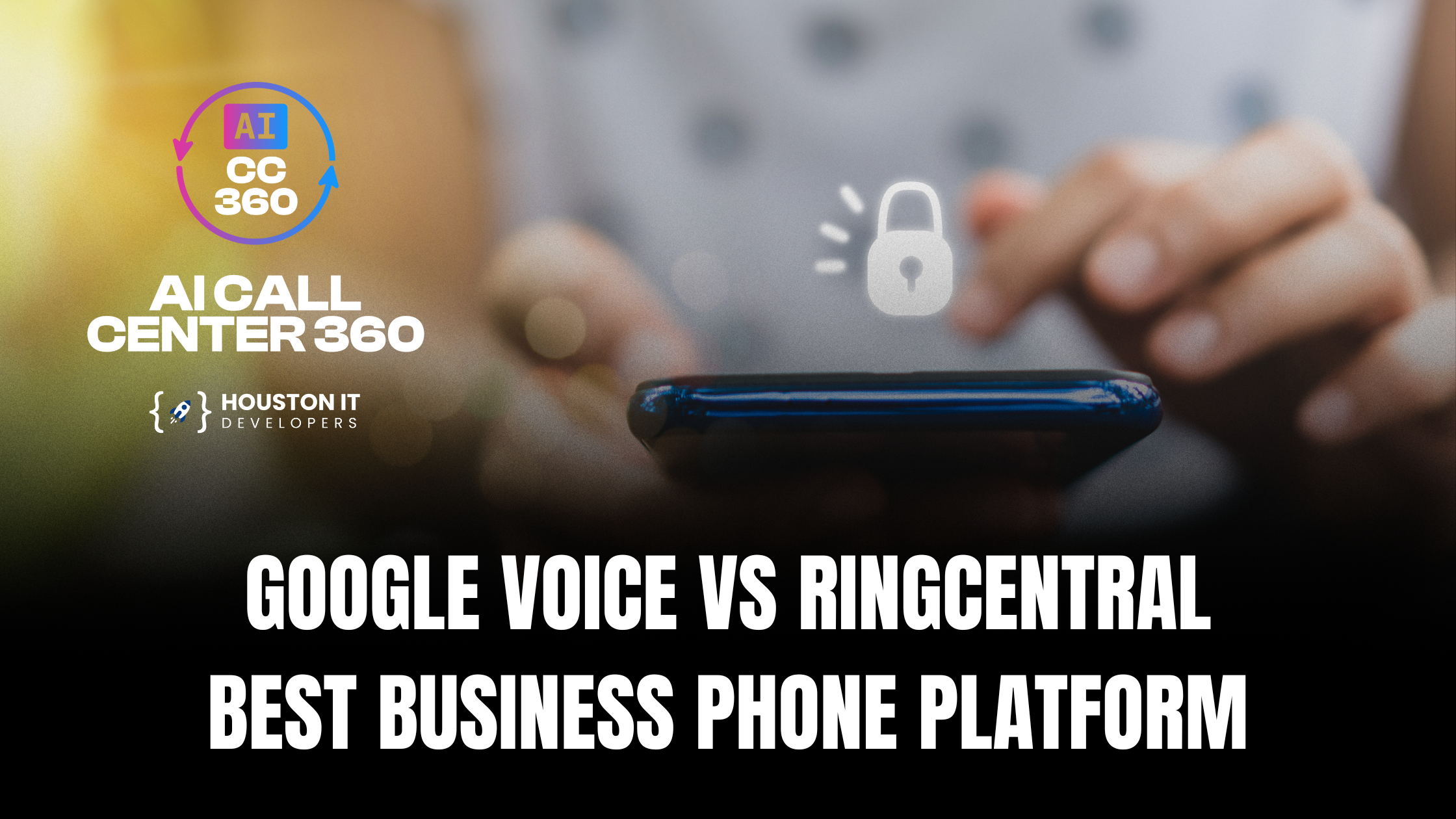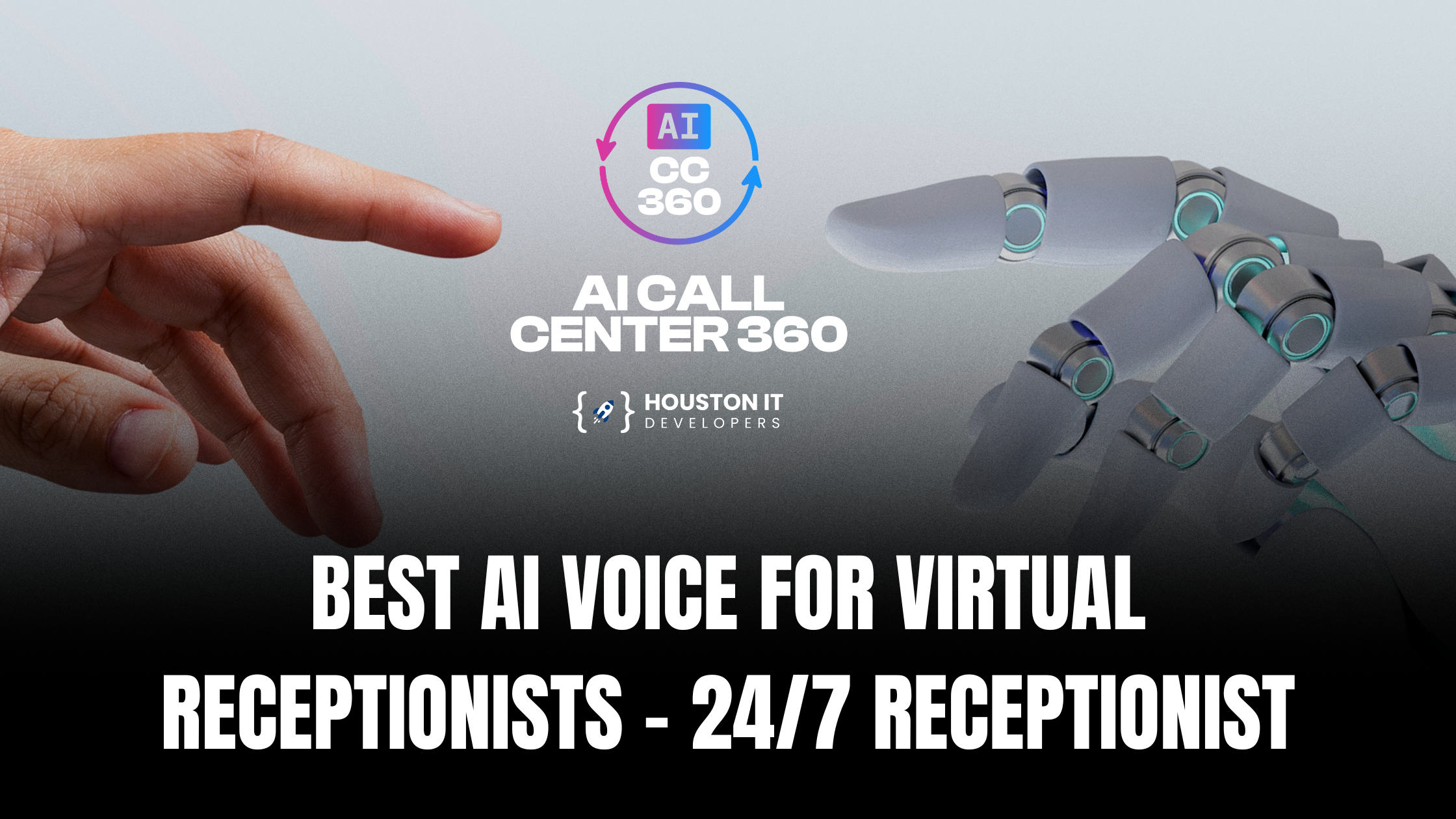97% of businesses run paid ads on Facebook and it is for a good reason. Of all social networks, it has the most substantial and active user base. Facebook has 2.9 billion monthly active users and is used by 37% of the world’s population. The size of its global advertising audience is 2.14 billion which translates to 73% of its total active user base.
Given the aforementioned data, it should come as no surprise why businesses love Facebook Ads. But advertising on it to get the desired result is far from easy. Facebook Ads allows you to select whomever your ideal audience may be, whatever ad format you need, and even the money you are willing to spend. However, to get good returns for your ad investment, it is best if you hire Facebook Ad management services.
To get started, let’s help you understand and create a foolproof Facebook advertising strategy.
1. Choosing your Facebook Ads campaign objective
Your Facebook Ad objective or goal is simply what action you want people to take when they’ve seen your ad. Based on this, the Facebook algorithm shows the ads to people in the target audience. How does Facebook decide that? It has a vast repository of data about user behaviors, interests, and actions and it utilizes this to serve data to the most relevant audience.
Facebook allows advertisers to select a campaign objective based on their business goals.
a. Awareness
This is for businesses who want to build people’s interest in the brand. When advertisers choose this option, Facebook shows the ad to the largest number of people in your target audience. But, the clicks and engagement are typically low when you opt for awareness.
i) Brand awareness
This objective optimizes for impressions. Facebook shows it to people in your audience who are most likely to remember your brand after seeing the ad. It is a good option for brand building and increasing awareness.
ii) Reach
This is also to show the ad to as many people as possible without expecting them to take any immediate action such as clicks or engagement.
b. Consideration
This Facebook Ad objective is when you want the ad viewers to take any action you’ve chosen. These are designed for low-intent actions and the audience for them is high. But it also brings the risk of low-quality leads.
i) Traffic
Select this option when you want to drive traffic to your website or you want to optimize the campaign for link clicks and landing page views. This option is best suited when you want to send people to a landing page on your website to look at your menu or read a blog.
ii) Engagement
When opting for this, Facebook will give you three options- post engagement, page likes, or event responses. This is good when you want to increase followers to your Facebook or Instagram account or get people to sign up for an event.
iii) App Installs
This ad is shown to people who are most likely to install an app. Clicking on the ad takes them directly to the app store to download the app. Facebook gives the option to create automated or manual ads. This ad objective is a good choice when you want people to download and engage with your app.
iv) Video News
Facebook allows you to choose to show your ads to an audience that’s most likely to watch the video ad for at least 2 seconds or 15 seconds or more. It is perfect when you want to show any introductory video to get more views.
v) Lead Generation
This is when you want to get more information from the prospect. You can add a contact form to the ad. When a user clicks on the ad, they are prompted to provide details such as name, email id, and other contact details.
vi) Messages
It works great when you want people to view the ad and start a conversation in Messenger or Instagram Direct. It works great when you want people to ask questions prior to making a buying decision.
c. Conversion
The conversion objective is for high-intent actions such as purchase and the cost of these ads is usually on the higher side.
i) Conversions
This ad is best when your Facebook advertising strategy is to reach people who are most likely to take a specific action on your website like add products to the cart, sign up for a newsletter, or make a purchase. It works for businesses who at least want leads if not a purchase.
ii) Catalog Sales
It works great when you have a number of products and want to show these to your customers based on their previous interactions. You first create a Facebook catalog of products and Facebook uses some of these in your ads.
iii) Store Traffic
It is best when you have multiple physical stores and want people to visit them. Add all the store locations and Facebook shows the ad for the closest location to people within a specific radius.
Once you set clear goals, it will help you in other aspects of your campaign which are selecting the right audience and setting the budget.
Take care when selecting the Facebook Ad objective because you cannot change it after the ad becomes live. One turnaround is to duplicate the campaign and select a new objective before publishing it. It is better to hire the best Facebook Ad management services so you get it right from the start.
2. Selecting your audience for Facebook Ads
Selecting the right audience is another crucial Facebook advertising strategy. For whom are you marketing your ad? You can choose exactly who you want as your target audience.
Use Facebook to create your ad audience from the scratch. You can define audiences based on-
- Location
- Age
- Interests
- Demographics
When you show your content to relevant people, they are most likely to convert. The narrower your target audience is, the better is the campaign result.
Facebook Audience Insights
If you are still confused about what your target audience is, the Facebook Audience Insights free tool will help. It provides aggregated information about two groups of people-
- People on Facebook
- People connected to your page
You begin by using filters such as location, age, gender, interests, connections, and advanced filters such as language, work, education, relationship status, and a host of other parameters to narrow down your audience.
Facebook Lookalike Audiences
There’s one more option- Facebook Lookalike Audiences. It is used to reach people similar to your current audience. For this, you have to first create a list of audiences called the source or a seed audience using data from customer information, website visitors, app activity, engagement, or offline activity.
Note: Your source audience has to contain at least 100 people from the same country.
Once you have your source audience ready, enable the ‘Lookalike Audience’ option. You now select the audience size and target specific demographics to create an efficient high-converting audience for the Facebook Ads.
Facebook Custom Audiences
This tool lets you target your Facebook ad to a specific group of people who have already interacted with your brand. It is highly recommended to use this Facebook advertising strategy for your retargeting ads. You can also use it to craft ads for specific segments of your audience or upsell new products to people who already are your customers. You can source the information of your audience from-
Website- Data picked up by a Facebook pixel on your website.
Customer list- People from your own customer lists
App activity– Users of your app
Offline activity- Data you have collected in person or by mail
Video- People who have watched your Facebook videos
Instagram account- Followers of your Instagram account
Lead form- Users who have started or completed any one of your lead forms for ads
Events- People who have shown interest or registered for any one of your events.
Facebook page- People who follow your page
Shopping- People who have clicked on any of your shopping experiences on Facebook or Instagram
On-Facebook listings– People who interacted with your On-Facebook listing
Instant experience- People who have opened any of your experiences on Facebook or Instagram.
Each of these again includes options to narrow down the audience. For instance when you create your custom audience from the website you again select from people who visited specific pages, visitors by time spent, or all website visitors.
The different targeting options may be confusing for businesses. The best results are got by hiring the best Facebook Ad management services. This step ensures you get the best value for your ads.
3. Choose your Facebook Ad format
Once you have selected your target audience, you’ll need the right type of ad to present to them. As a part of your Facebook advertising strategy, you now choose the type of Facebook ad depending on your marketing goal.
Image
It is the most basic ad format. It uses the power of images and a little text to catch the viewers’ attention.
Video
It drives higher engagement. Keep the video short and entertaining.
Slideshow
The simpler cousin of video, this concept uses 3 to 10 images combined in a single video as a slideshow.
Stories
These are full-screen immersive ads that appear in-between Stories on Facebook or Instagram. It can take the form of videos, images, or carousels.
Carousel
Viewers can flip through multiple images or videos and each can have its own description and link. It is great when you want to introduce your viewers to a range of products.
Instant Experience
It is a full-screen experience that opens when the ad viewer taps the ad on their mobile device. Formerly known as Canvas Ads, these allow viewers to swipe through a carousel of images, tilt the screen in different directions, and zoom in or out with their fingertips.
Collection
It is the more advanced form of carousel ad and offers a mobile full-screen window-shopping experience in which the viewers can scroll through the product lineup.
Create impactful ad content to tap into your target audiences’ emotions. To get creative with your content, hire our Facebook Ad management services at Houston IT Developers. We help you create better ads leading to higher conversions.
4. Set up your budget for Facebook Ads
Setting up your budget starts by knowing your Facebook advertising strategy and what marketing goals you want to achieve through the ad.
The good part about Facebook Ads is that you get to decide how much you’d like to spend and where your ads should appear. Through this limit, you make sure that your spending doesn’t exceed your budget.
Facebook allows you to select between daily and lifetime budgets. In the daily budget, you set a limit to the amount you want to spend in a single day. If you have a limited budget, start with this option to test the results. You can plan and control your marketing and budgets better.
In the lifetime budget, you set a clearly defined amount for the entire campaign. Depending on how well the campaign is performing, Facebook will then alter the daily expenditure. So, if your campaign is performing really well, Facebook may spend more of your budget.
5. Measure the Facebook Ad results
One thing good about Facebook Ads is they provide you with a lot of metrics to see how your campaign has performed and if your Facebook advertising strategy is a success. But you can so easily get lost tracking the data. Your Facebook Analytics dashboard is where you track all your metrics as soon as your ad is live. Some of the metrics every advertiser should track are-
Ad impressions
This simply is the number of times your ad was viewed. It is particularly important if you are running a brand recognition campaign.
Relevance score
It is a rating from 1 to 10 to estimate how well your target audience is responding to the ad. The higher, the better your ad is reaching the intended audience.
Cost per result
It is the total amount spent on the ad divided by the total number of results. It shows how cost-efficiently you have run your campaign to achieve the results.
Engagement
It indicates how your audience is receiving the ad. The total number of reactions, shares, comments, and clicks the post received are important to know how well the ad has appealed to the target audience.
Cost Per Click (CPC)
It is the amount spent on each click by the person viewing your ad. If the CPC is high, the overall ROI will be lower.
Cost per thousand impressions (CPM)
It is to calculate the total ad spend per 1000 impressions. If the ad impressions are low, it may indicate poor traffic quality.
Landing page views
It shows the number of persons landing on the ad’s destination page URL after clicking the link in the ad.
Click-through rate (CTR)
It is the ratio of clicks to impressions. It is a great way for indicating if the ad images and copies are resonating well with the target audiences.
Ad frequency
It is the average number of times an individual views the ad over the lifetime of your ad campaign.
Cost per conversion
It tells how much you spent for each lead or sale. This number varies for each business type.
Conversion rate
It represents the percentage of people who click on the ad and then make a purchase. It is the most critical metric to measure the return on your ad spend.
Don’t wait till the end of your Facebook ad campaign to measure the results. Start it from Day 1 of your ad going live.
Do you need help with your Facebook advertising strategy?
The above-mentioned points will help you understand and create a foolproof Facebook advertising strategy.
Hire our Facebook Ad management services at Houston IT Developers to run ads that get you maximum leads, conversions, and sales. Get in touch with us or visit our platform to know more about what we provide as a part of our Facebook advertising services.

